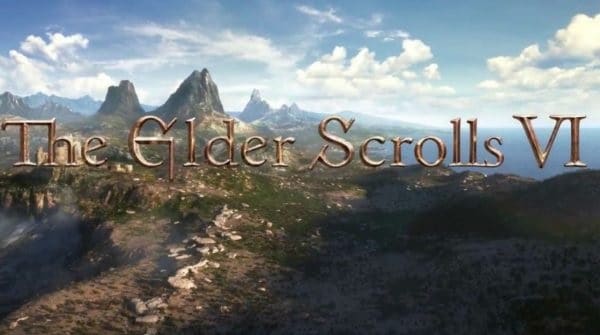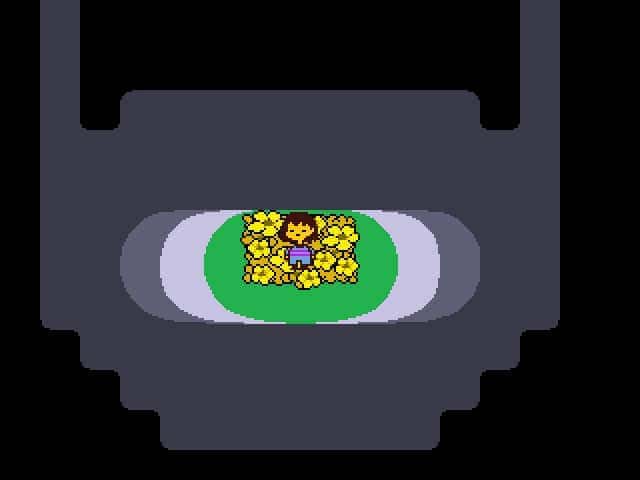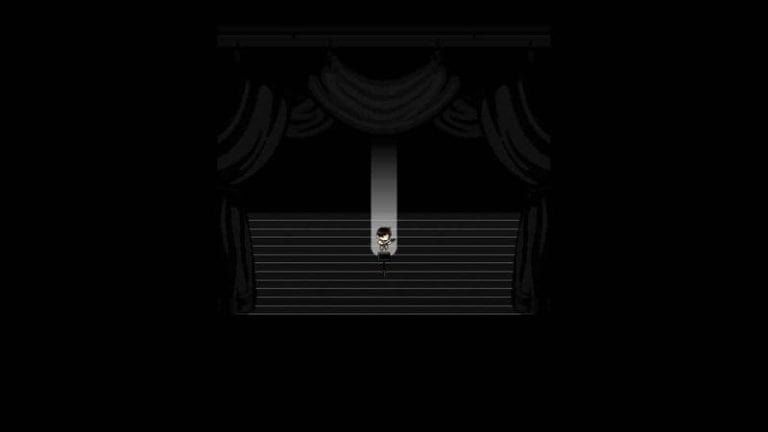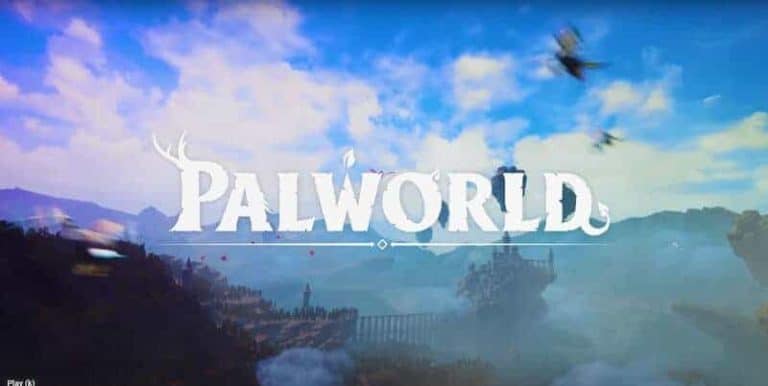Elder Scrolls 6 Taking a Page from Excellent Award-Winning Game
Across the generations of games created, the Elder Scrolls series continually evolved to push the boundaries of the medium. Furthermore, Bethesda clarified that the upcoming Elder Scrolls 6 would be just as tremendous a feat as an RPG. Recently, one of the biggest updates from a major designer. Veteran Bruce Nesmith confirmed that the game would not take a step back to its tabletop roots and would move in the same streamlined direction as its predecessor, Skyrim. Here is a breakdown of the latest update on The Elder Scrolls 6’s design and its implications for RPGs.
No More “Fiddly Stat Sheets”
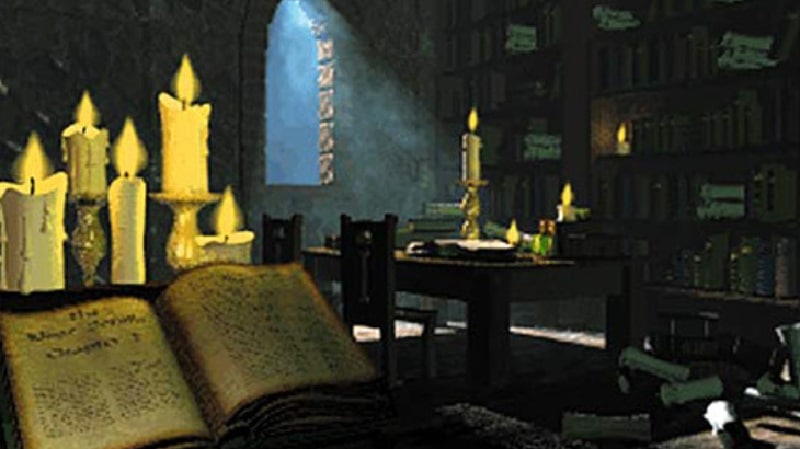
According to GamesRadar, Elder Scrolls designer Bruce Nesmith made a major announcement about the direction of Elder Scrolls 6. The game will move towards a minimalist UI (user interface) and away from the more convoluted stat-based gameplay of Baldur’s Gate 3. He confirmed this as part of Todd Howard’s vision of only making stats visible if necessary. Last year, Baldur’s Gate 3 became a smash hit and won Game of the Year.
Many praised the game for returning to the roots of early Dungeons and Dragons with its layered role-playing mechanics. With the contemporary resurgence of DnD, the game won over many longtime fans by bringing in all the nuances and tricks of an actual campaign. While this is a huge step away from the tabletop roots Elder Scrolls shares with Baldur’s Gate, it is a direction with advantages. As shown by the previous GOTY, Elden Ring, a minimal interface can be just as useful in creating a sense of freedom and immersion. Which is more enjoyable and rewarding remains a matter of individual taste for gamers.
The Evolution to Elder Scrolls 6
Nowadays, the Elder Scrolls series is synonymous with massive, open-world RPGs. However, the series has a long history of evolution and incarnations. Arena and Daggerfall were first-person RPGs with Doom-like graphics during their early days. Players were given a dozen stats to partition their points from the beginning. With Morrowind and Oblivion, the game transitioned into 3D and towards an action-oriented game. By the time of Skyrim, many more complex mechanics, such as reputation and armor damage, were streamlined away.
While Skyrim received universal acclaim from gamers and critics, many longtime fans were disappointed and felt the series was “dumbing down.” However, the game still became a classic RPG. Fans have been left speculating about what to expect with The Elder Scrolls 6, which is still far away. This includes the size and location of the game. As shown by last year’s Starfield, Bethesda’s technical capabilities have dramatically improved to the point where they can create an entire galaxy of adventures.
The Influence of D&D
Before Elder Scrolls 6, nearly every RPG franchise today owes its roots to the original Dungeons and Dragons. Originally released during the ’70s by David Arneson and Gary Gygax, the game involved Dungeon Masters leading a group of player-created adventurers on a customizable fantasy adventure. Naturally, this inspired many storytellers and game designers for years to come. This includes major Western franchises such as Baldur’s Gate and The Witcher. This also extends to JRPGs, as turn-based combat is largely based on the original formula for the pen-and-paper games.
For a foundational example, the original Final Fantasy on the NES took heavy inspiration from the tabletop game. To this day, nearly every turn-based RPG can be traced back to the original formula. This also extends to sci-fi titles and the Elder Scrolls’ sister series. The original Fallout, with its isometric engine, was heavily based on the contemporary Baldur’s Gate games. Apart from Baldur’s Gate 3, the franchise has inspired many other video games, such as the cult classic Planescape: Torment and the action game Demon Stone.
Conclusion
The successful Baldur’s Gate 3 and the upcoming Elder Scrolls 6 represent diverging styles for fantasy RPGs. While Baldur’s Gate 3 was built upon its tabletop roots, the latter embraced what can only be done in the modern gaming medium. Neither of these approaches is universally better, as both have their fans and provide unique experiences.
Developers don’t have to choose one or the other. Many modern franchises like Dragon Age have combined the two approaches. The diversity of experiences provided makes gaming such a powerful medium. By the time Elder Scrolls 6 arrives, there are many directions fans can expect.
For More Great Content
Craving top-tier content that covers it all? From electrifying sports highlights and insider entertainment news to expert gaming tips and sharp betting advice, we’ve got you covered. Dive into our curated articles to stay ahead of the game with the latest sports action, uncover the hottest trends in entertainment, and get the lowdown on gaming strategies that could level up your play. Plus, our betting advice will sharpen your edge and boost your chances of winning big. Whether you’re looking to stay updated or gain a competitive edge, our content is your go-to source for all things exciting and relevant. Don’t miss out—explore now and power up your knowledge! Follow us on Twitter/X @TotalApexSports, to stay informed.

